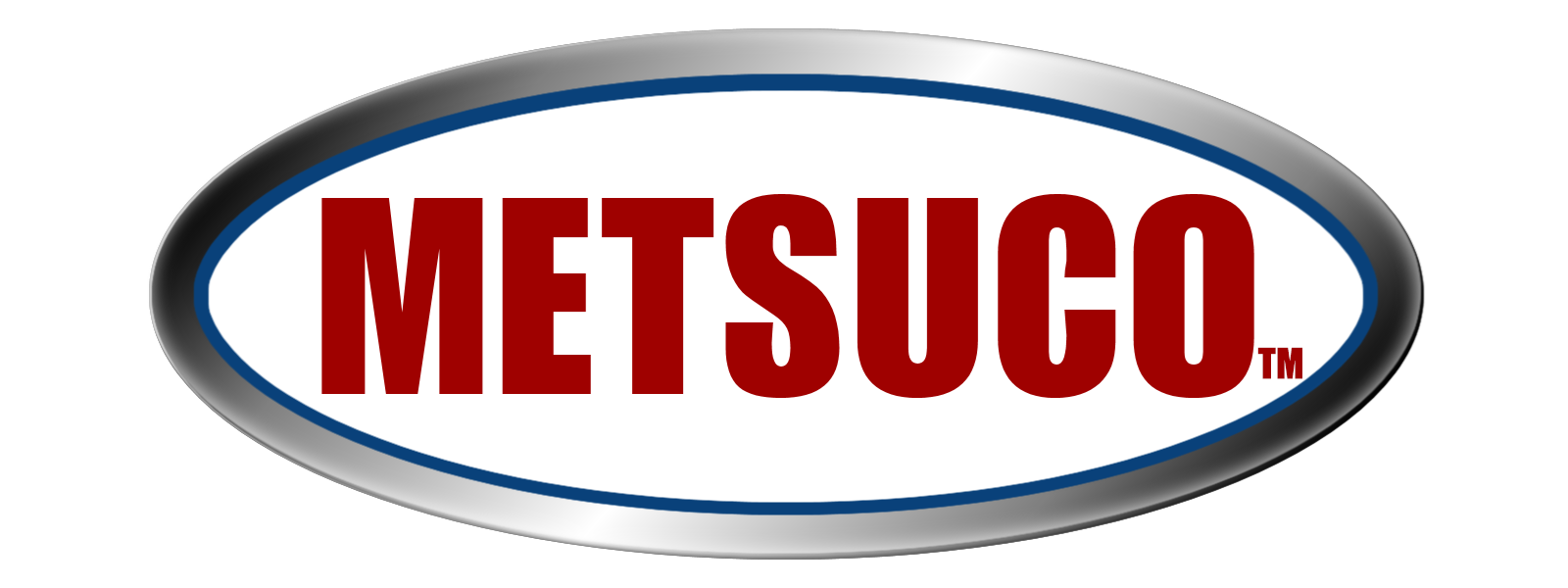No products in the cart.
Return To ShopChoosing the Right Abrasives for Metallographic Sectioning
Metallographic sectioning is a critical step in material analysis, serving as the foundation for preparing specimens for microstructural evaluation. One of the most important factors influencing the quality of this process is selecting the right abrasive. At METSUCO, we understand that choosing the appropriate abrasive material ensures precision, efficiency, and accuracy in your metallographic workflow. In this blog, we’ll explore the key considerations for selecting abrasives and how they impact the sectioning process.
Understanding Abrasives in Metallography
Abrasives are materials used to cut, grind, or polish specimens during metallographic preparation. The selection of the right abrasive depends on factors like the material type, hardness, and desired finish. In sectioning, abrasives are typically embedded in cutting wheels or slurries to perform precise, controlled cuts.
Common Types of Abrasives:
- Aluminum Oxide (Al2O3):
- Ideal for general-purpose sectioning.
- Works well with ferrous and non-ferrous metals.
- Provides a balance between cutting efficiency and surface finish.
- Silicon Carbide (SiC):
- Known for its sharpness and hardness.
- Suitable for hard and brittle materials like ceramics and glass.
- Delivers fast cutting with minimal heat generation.
- Diamond Abrasives:
- The hardest known abrasive material.
- Perfect for ultra-hard specimens such as tungsten carbide and superalloys.
- Ensures precision cuts with minimal material deformation.
- Cubic Boron Nitride (CBN):
- Excellent for ferrous materials.
- Offers durability and consistent performance over extended periods.
Factors to Consider When Choosing Abrasives
1.Material Hardness
The hardness of the material being sectioned directly influences abrasive selection. Harder materials require abrasives like diamond or CBN, while softer materials may perform well with aluminum oxide or silicon carbide.
2.Specimen Geometry and Size
The size and shape of the specimen can determine the abrasive type and cutting wheel configuration. Larger specimens may benefit from coarser abrasives for faster cuts, while smaller, delicate samples require finer abrasives to minimize damage.
3.Cutting Speed and Efficiency
For high-throughput environments, abrasives that balance speed and precision, such as diamond-coated wheels, are essential. Faster cutting also minimizes heat buildup, reducing the risk of thermal damage.
4.Surface Finish Requirements
The desired surface finish impacts abrasive choice. For subsequent polishing or grinding steps, a smoother finish from diamond or silicon carbide abrasives may reduce preparation time and improve results.
5.Budget and Longevity
While premium abrasives like diamond and CBN offer exceptional performance, they come at a higher cost. Consider the longevity and application needs when determining the best value for your operation.
The METSUCO Advantage: High-Quality Abrasives for Every Application
At METSUCO, we offer a wide range of premium abrasives tailored for metallographic sectioning. Our products are designed to meet the highest standards of precision and performance, ensuring:
- Consistent Results: Uniform cutting and minimal deformation.
- Efficiency: Faster sectioning with reduced preparation time.
- Durability: Abrasives that withstand rigorous use without compromising quality.
- Expert Support: Our team is here to help you choose the best abrasives for your specific materials and applications.
Conclusion
Choosing the right abrasive is a critical step in metallographic sectioning that directly impacts the quality and efficiency of material analysis. By understanding your material’s properties and application requirements, you can make informed decisions to achieve optimal results.
METSUCO is committed to supporting your metallographic needs with cutting-edge abrasives and expert guidance. Contact us today to learn more about our products and how we can enhance your metallographic processes!


Add comment